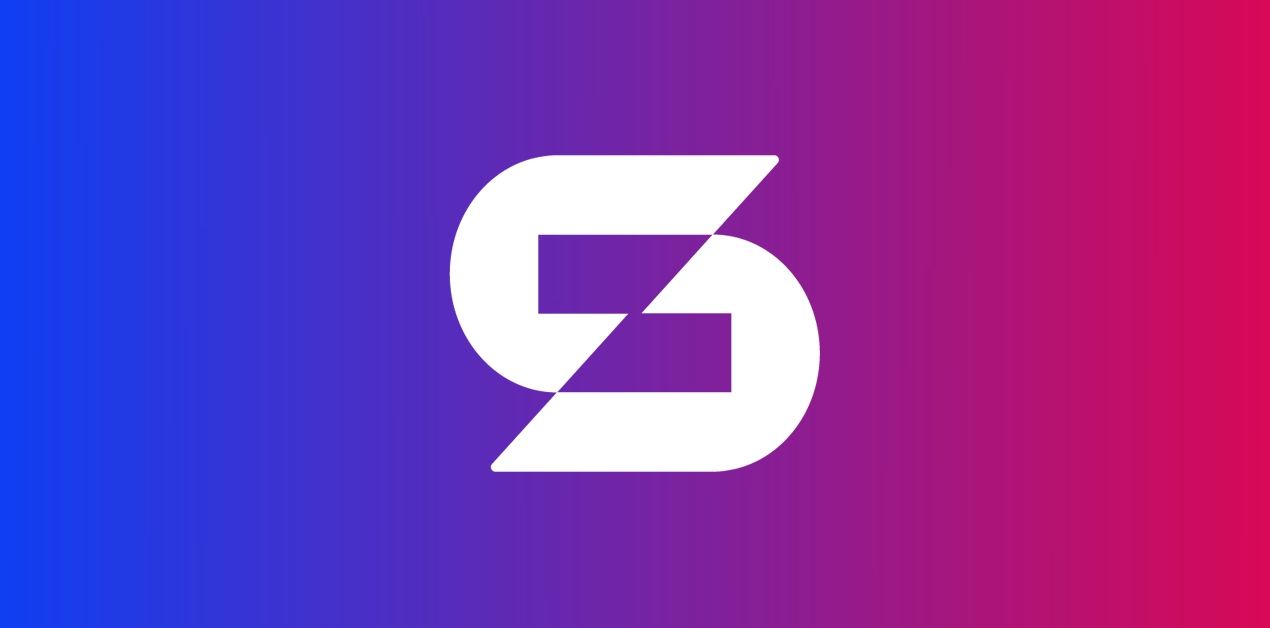How to Market your Mobile Games in 2020
With over 900,000 games on Apple’s App Store, there’s no doubt that the mobile gaming ecosystem is competitive. Marketers must constantly keep their app fresh on consumers’ minds, with the ultimate goal of having it featured in the App Store to drive downloads. Getting a user to install an app isn’t easy or cheap, especially when you’re convincing them to purchase an app. To put this into perspective, the average cost of acquiring a user who makes a purchase is more than $86 on iOS and $77 on Android. On top of that, just over 5% of global mobile gamers actually make in-app purchases.
Most game developers don’t have hundreds of thousands of dollars at hand to spend on marketing. So the key question to consider is: how can you acquire players with a limited budget? Let’s take a deep-dive into five successful paid acquisition strategies to drive more players to your game.
Data and Tracking
First, integrate a Mobile Measure Partner (MMP) into the game. This MMP will provide performance metrics, such as attribution, Lifetime Value (LTV), and Return on Investment (ROI). Network attribution tracking ties an acquired user back to a specific ad campaign with an associated cost. This way, marketers can understand the monetization of the user from the specific campaign with respect to the cost of the campaign. A MMP ultimately empowers analytical thinking about marketing, which is the basis of performance marketing. For any game developer that is considering launching a Skillz-powered game, the Skillz SDK has a mobile measurement partner baked directly into it. No need to go out and establish a new partnership!
Analytical Insight
After identifying which users are acquired from each marketing campaign, you can begin the process of optimization. In this phase, you compare the quality of different campaigns and allocate budget to the ones that showed the best performance. A well-performing campaign is not necessarily one that has cheap Cost per Installs (CPIs) nor is it one that has cheap cost per actions (CPAs). What we ultimately want to focus on is the return that you are getting from the capital invested. However, this does take some time, so looking at indicators of success like CPI and CPA can be helpful, but don’t base everything on them.
After analyzing campaign results, generate hypotheses around why the top campaigns are performing the best. Then make iterations to test these hypotheses. Ideally, some of the tests will yield better results than the current best performer, enabling budget reallocation to further aggrandize results. This process of learning, testing, and iterating is what ultimately allows a game to grow in an efficient and stable manner.
Creative, Messaging, and Audience
Now it’s time to produce the creative. If you have a limited creative budget, consider experimenting with photoshop yourself. Testing a wide variety of creative across different ad types will ultimately result in honing in on the right message and creative.
A marketer should not only look at a creative’s total portfolio spend across Cost Per Acquisition (CPA) & Return on Ad Spend (ROAS), but they should also evaluate the entire funnel. Consider how clickable an ad is (CTR), how relevant the ad is Click-to-Install (CTI), and how well the ad communicates the value proposition (monetization rate). By analyzing all of these metrics, marketers start to have a view of the full funnel. Here are a few ways to interpret full-funnel results:
- High CTR, Low CTI — Click-bait; lots of clicks but not relevant thus no one installs your game
- Low CTR, High Monetization Rate — Relevant to the right people, so this is not necessarily bad. Sometimes higher CPIs are an indication of quality traffic, which makes the initial investment worth it from an ROI perspective.
Test a wide variety of messaging across creatives and audiences to determine the highest performing type of messaging. Break up messaging into categories and measure the performance in aggregate to understand where to focus efforts.
Additionally, test a wide variety of audiences across creative and messaging to hone in on the right people to target for advertising. Keep in mind that creative and messaging can be audience-specific so it’s important to take an audience-first approach and iterate from there.
Be Patient
Remember that users have a lifetime value, which is inherently not immediate. It will take time for user cohorts to stack up and generate revenue, so keep a keen eye on the spend efficiency. Make sure not to waste dollars on poor-performing campaigns holding out for hope. If spending is solely focused on ROI-positive campaigns, eventually the marketing investment starts to turn ROI positive. Finally, the extra budget allows for more cash to be funneled into marketing campaigns, which ultimately drives more players into a game!
A Great Product
Even the best marketing plan won’t work on a sub-par product. So make sure to have an engaging game, make it fun, and ensure a positive player experience — and the LTV will come.
This is one of the areas in which Skillz delivers the most value. The Skillz competitive tournament management system provides game developers everything they need to transform a game into a mobile eSport. With a full-stack SDK that includes a wide array of features, Skillz empowers game developers to better monetize their games in a way that doesn’t interrupt the player experience.
More than 20,000 game developers are taking advantage of the Skillz competitive tournament management system. Skillz-powered games experience higher player engagement, retention, and ultimately, better more monetization. To learn more about how you can utilize our competitive tournament system to boost your game’s revenue, head to developers.skillz.com.
